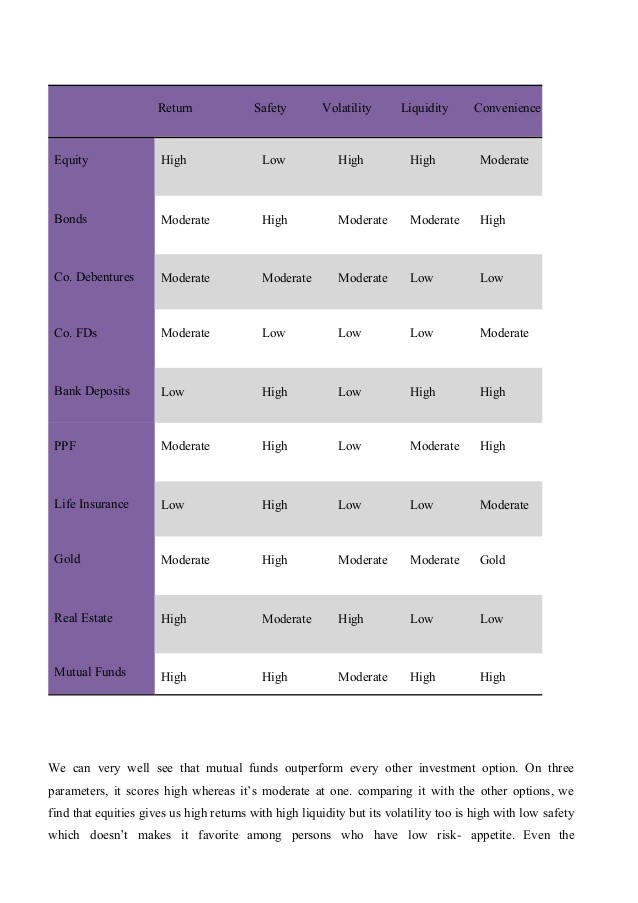How to Build a LowRisk HighIncome Portfolio
Post on: 24 Май, 2015 No Comment

Most Popular Commentaries
Prominent investors, including Bill Gross and Warren Buffett, now say that the yields on long-term government debt do not justify the risks. But is this perception correct? I offer a way to answer that question and to construct a low-risk high-income portfolio using the prices of put options to derive the true risk levels of various asset classes.
We have seen some extraordinary pronouncements with regard to U.S. government bonds this spring. Both Gross and Buffett have said that government debt, particularly long-term government debt, is not providing sufficient yield to be worth the risks.
There are many fundamental reasons why one might conclude that government bonds, particularly those with longer duration, are not an attractive proposition. First, there is inflation risk. There are also the enormous long-term deficits that the U.S. is facing. Neither PIMCO nor Buffett suggests that the U.S. is likely to default, but rather that there is a high level of risk of reduced real purchasing power associated with owning dollar-denominated bonds.
The low yields on U.S. bonds, however, say the capital markets do not agree. Investors apparently feel that they are being fairly compensated for the risks that they face with long-term government bonds. While yields on 30-year Treasury bonds are higher than they were back in September and October of 2010, they have fallen from 4.7% earlier this year to 4.3% in mid-May. For investors to be taking on the risk of lending money to the U.S. government at a yield of 4.3% (or even 4.7% for that matter) for 30 years, they must feel that their risk is fairly low.
Lets look at how the various risks associated with debt instruments can be calibrated and how that information can guide your portfolio decisions.
Measuring income risk
In previous articles, I have proposed a simple and effective approach to quantifying the risks of holding income-generating assets. With the advent of ETFs and options traded on ETFs, we have a valuable source of information on the markets consensus view of the risks associated with an investment. Investors can buy put options. for example, on the iShares 20+ year government bond ETF (TLT). These put options put a calculable price on the risks associated with owning long-term bonds. The measure of risk derived from options is called implied volatility, the risk level that explains the current prices of options. The higher the implied volatility, the more expensive the option will be. A variety of sources report implied volatility, including Morningstar .
Implied volatility is a measure of total risk: It represents that price at which we can obtain insurance against a decline in the value of a specific stock, bond or ETF. For a bond ETF, the principal risks are default and depreciation of the underlying currency. For high-yield bond ETFs (such as HYG or JNK), the risk is primarily from default. For the U.S. government, we are not concerned with default, but we are concerned that the purchasing power of dollars may decline. For an individual stock, the principal risks are a combination of market risk and company-specific risk. For master limited partnerships (MLPs), the principal risk is a reduction in income. For an income investor, the availability of an aggregate risk measure in the form of implied volatility on ETFs is of enormous value.
Why, you may ask, is implied volatility is a better predictor of future risk than simply looking at historical volatility? There is an extensive body of research devoted to this question. While much of the literature has focused on volatility of market indexes (such as the S&P500), there is also evidence that implied volatility for individual stocks provides a useful predictive measure. and I have found this to be the case in my own research. Furthermore, option-implied volatility correlates with credit default spreads (CDS). The CDS market is generally consistent with the options market in assessing the risk associated with a given company.
Investors think of bond yield as a measure of risk. Junk bonds offer higher yields than investment-grade bonds, and longer-duration government bonds offer higher yields than shorter-duration bonds. Yield is not truly a measure of risk, however. It is not hard to see why using bond yield as a risk outlook is problematic. If investors become especially fearful of equity risk, for example, they put their money in bonds. As money flows into bonds, bond yields drop. It would be irrational to suggest that government bonds are less risky after investors pour huge amounts of money into this asset class. Granted, long-term bonds still have higher yields than short-term bonds, but the crucial question is how risky bond yields look when compared to other asset classes.
Are the yields on long-term government bonds high enough to motivate income investors to buy these bonds, as compared to other income-generating alternatives? PIMCO and Buffett suggest that the risk is too high relative to the yield. By comparing yield to implied volatilities, we can examine this question from the perspective of the actual market prices of insuring these risks.
Remember, if you have a question or comment, send it to.














